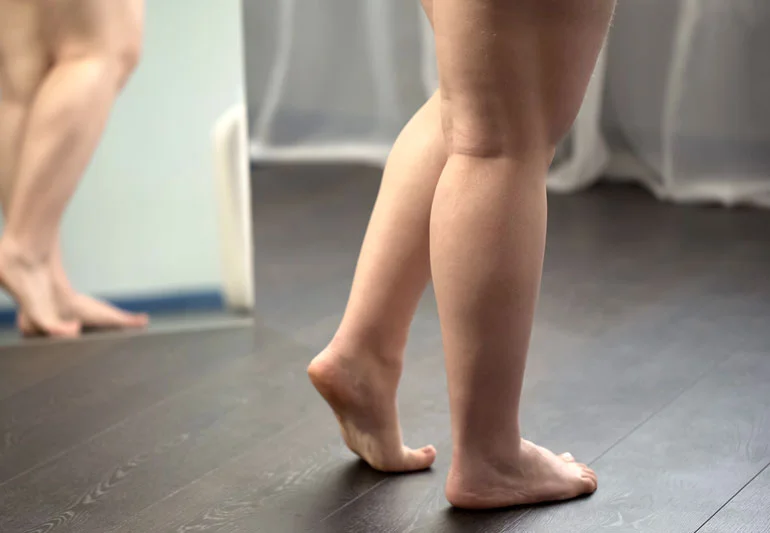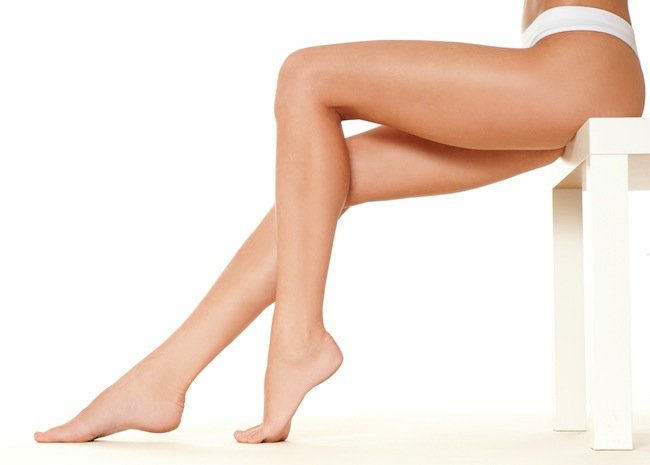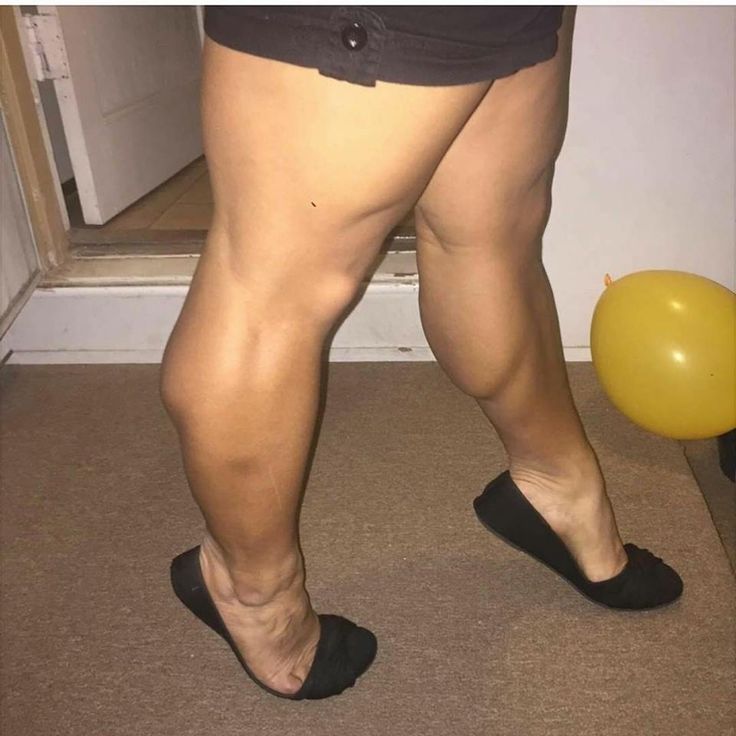Are you tired of feeling self-conscious about your calves? Do you find it challenging to slim down this stubborn area of your body? Well, you’re not alone. Many people struggle with losing weight in their calves, as it can be one of the most challenging areas to target. But fear not, because, in this guide, we’ll provide you with effective strategies and exercises to help you shed those extra pounds and achieve slimmer, toned calves.

Contents
How To Lose Weight In Calves?
When it comes to losing weight in your calves, there are some key strategies and exercises that can help you achieve your goal. Here’s what you need to do:
- Create a Calorie Deficit: In order to lose weight overall, including in your calves, you need to be in a calorie deficit. This means consuming fewer calories than you burn. Calculate your basal metabolic rate (BMR) and total energy expenditure (TEE) to determine how many calories you can eat while maintaining your current weight. Aim for a deficit of around 200-500 calories per day to start seeing results.
- Incorporate Cardiovascular Exercises: Cardio workouts are essential for burning calories and reducing overall body fat. Engage in exercises like running, cycling, or swimming to get your heart rate up and burn calories. Aim for at least 150 minutes of moderate-intensity cardio per week, or 75 minutes of vigorous-intensity cardio.
- Include Strength Training: While spot reduction is not possible, targeted strength training exercises can help tone and define your calf muscles. Add exercises like calf raises, leg press, or jump rope to your workout routine to strengthen the calves and enhance their appearance. Aim for 2-3 days of strength training per week, focusing on all major muscle groups.

- Incorporate High-Intensity Interval Training (HIIT): HIIT workouts are known for their effectiveness in burning calories and fat. Include HIIT exercises like squat jumps, burpees, or mountain climbers to your routine. Alternate between intense bursts of activity and short recovery periods to maximize calorie burn.
- Maintain a Healthy Diet: In addition to exercise, a balanced and nutritious diet is crucial for weight loss. Focus on consuming whole foods, including lean proteins, fruits, vegetables, whole grains, and healthy fats. Avoid excessive intake of processed foods, sugary drinks, and refined carbohydrates.
Factors Affecting Calves Size
1. Genetics:
Your calf size can be influenced by your genetics. If you come from a family with members who have big calves, it is likely that you may also have larger calves. Genetics play a significant role in determining the size of your calves, and this factor is beyond your control.
2. Body Fat Percentage:
Your body fat percentage also affects the appearance of your calves. If you have a high body fat percentage, it is likely that your calves may appear bigger due to the fat stored in that area. In this case, losing weight overall will help slim your calves as well. However, it’s important to note that losing fat from the legs, especially for women, can be challenging and may take more time to see results.
3. Muscle Mass and Exercise:
The type of workouts you do can impact the size of your calves. If you engage in exercises that target the calves, particularly heavy exercises, and you have the genetic predisposition for larger calves, your calf muscles may grow in size. In such cases, avoiding certain exercises can prevent further muscle development and potentially decrease the size of your calves.
Are There Any Side Effects To The Diet Or Exercise?
While these can vary depending on individual factors and the specific approach taken, it’s crucial to approach both diet and exercise with caution to ensure a sustainable journey towards better health.

1. Dieting side effects:
- Nutrient deficiencies: Extreme diets may lead to nutrient deficiencies, which can negatively impact your overall health. It’s essential to ensure that you’re still getting all the necessary vitamins, minerals, and macronutrients while managing your caloric intake.
- Fatigue: Drastically reducing your calorie intake can leave you feeling tired and low on energy. It’s important to listen to your body and make sure you’re fueling it adequately for your activity levels.
- Muscle loss: Severe calorie restriction, especially without sufficient protein intake, can result in muscle loss. This can be counterproductive if your goal is to tone and shape your calves.
- Increased risk of injury: Exercising excessively without allowing for proper rest and recovery can increase your risk of injury. It’s important to balance your workout intensity and duration with adequate rest days to promote muscle repair and prevent overuse injuries.
- Overtraining syndrome: Pushing your body beyond its limits without proper recovery can lead to overtraining syndrome. Symptoms may include fatigue, decreased performance, mood disturbances, and an elevated heart rate at rest.
- Burnout: Constantly pushing yourself without any breaks or variety in your exercise routine can lead to burnout. It’s important to have a balanced approach to exercise that includes different activities and allows for enjoyment and rest.
Frequently Asked Questions
Does massaging your calves make them smaller?
Massaging your calves is a technique some people use to help slim them down. It involves soaking the legs in warm water and having a trained specialist apply forceful massages. However, there is no scientific evidence to prove that this method can make your calves smaller.
How do I know if my calves are fat or muscle?
If your calves feel hard when flexed, it means you have muscle. Fat cannot be flexed. If your calves don’t look muscular but have a layer of fat over them, it’s likely that you have decent calf muscle covered by fat.
Why are my calves so big?
Several factors contribute to larger calf muscles. Regular exercise, especially repetitive movements, can strengthen and increase the size of the calf muscles. Wearing high heels and excess fatty tissue deposits can also contribute to thicker calves.

Hello, I’m Ravindra. Over the years, I’ve immersed myself deeply into the world of fitness and health, transforming both my body and mind. Writing has allowed me to share my journey, insights, and expertise with those just starting out and seasoned fitness enthusiasts alike. Beyond just routines and diets, I believe in inspiring others to adopt a holistic approach to well-being.
